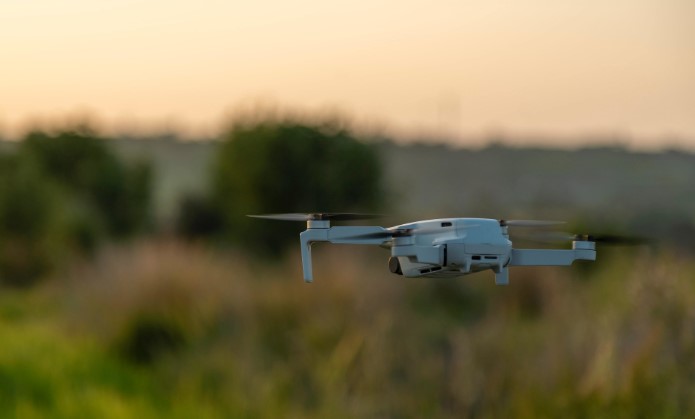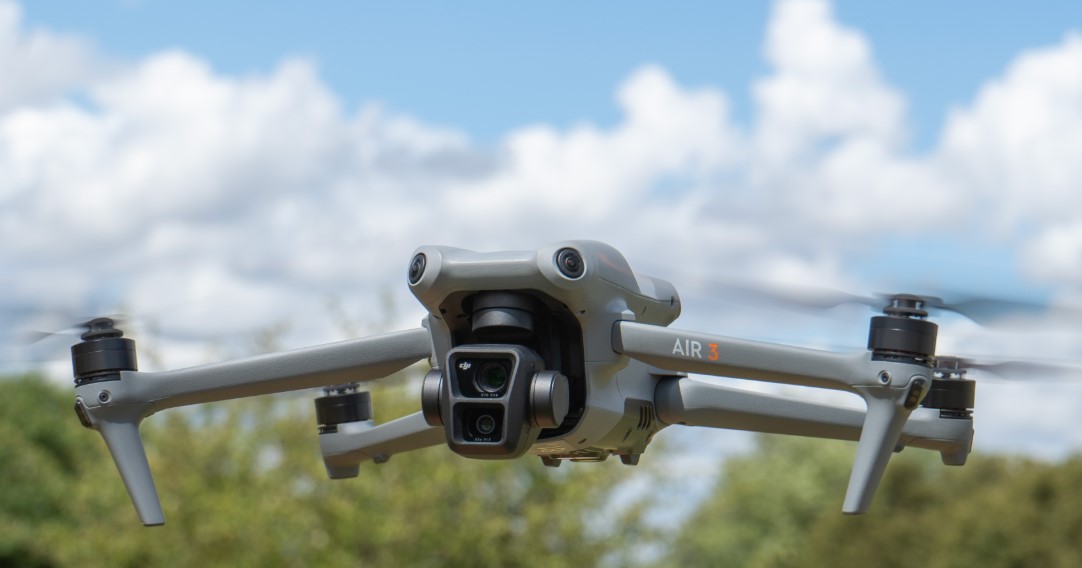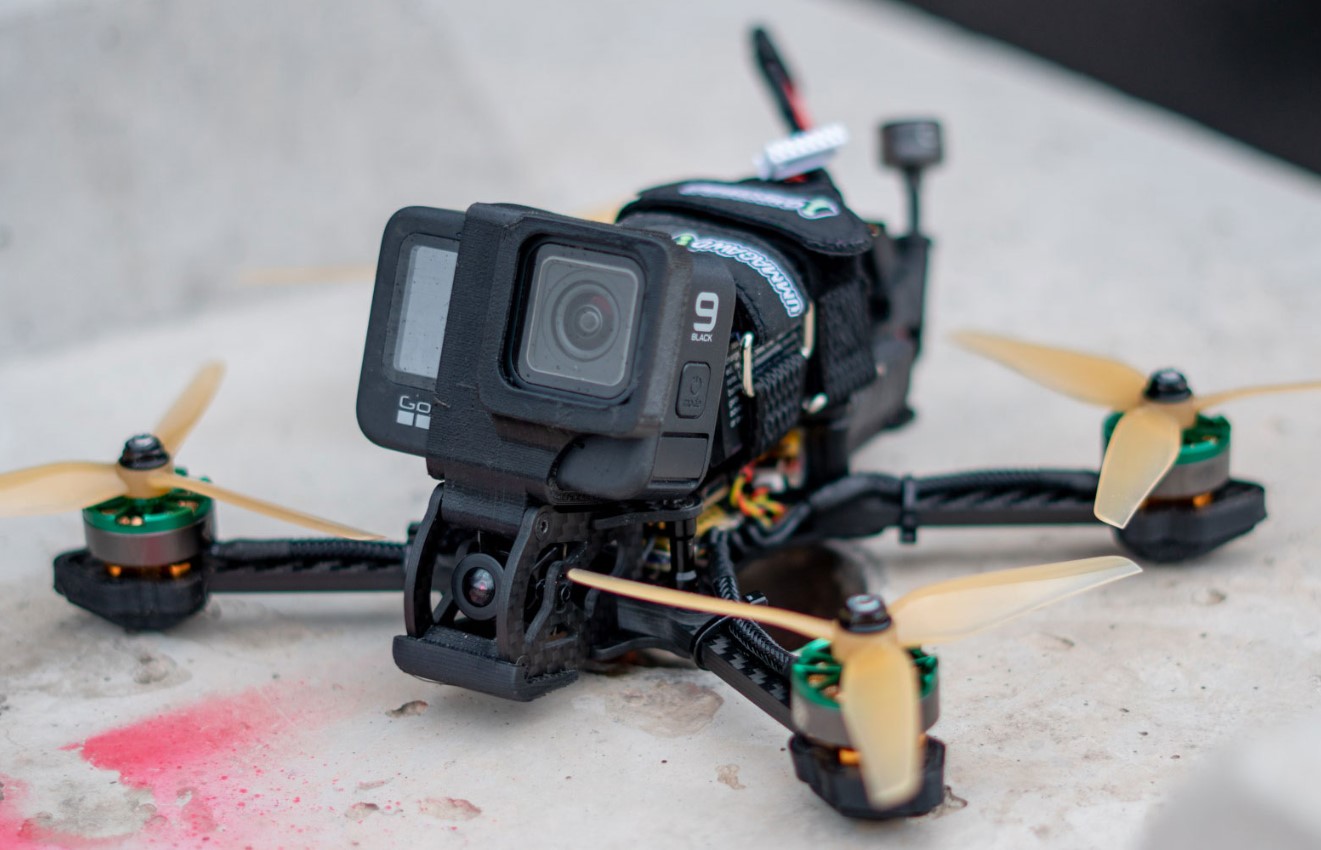Can You Fly a Drone at the Grand Canyon? The Grand Canyon is one of the most iconic natural landmarks in the world, attracting millions of visitors annually. With its breathtaking views, layered rock formations, and dramatic landscapes, it’s no wonder that drone enthusiasts are eager to capture its beauty from above. However, when it comes to flying drones at the Grand Canyon, there are strict rules and regulations to consider. This guide will explain everything you need to know about flying drones at the Grand Canyon, including legal restrictions, safety concerns, and alternative solutions for aerial footage enthusiasts. Follow Dronevoz.com !!!
Can You Fly a Drone at the Grand Canyon?
No. Flying drones is prohibited within Grand Canyon National Park. This rule falls under the jurisdiction of the National Park Service (NPS), which implemented a nationwide ban on unmanned aircraft systems (UAS) in national parks in 2014. This includes not only the Grand Canyon but all national parks in the United States.
The ban is outlined in the Code of Federal Regulations (CFR), specifically under 36 CFR § 1.5, which grants park superintendents the authority to restrict activities to protect natural resources, wildlife, and visitor experiences. Violating this rule can result in fines, drone confiscation, or even criminal charges.
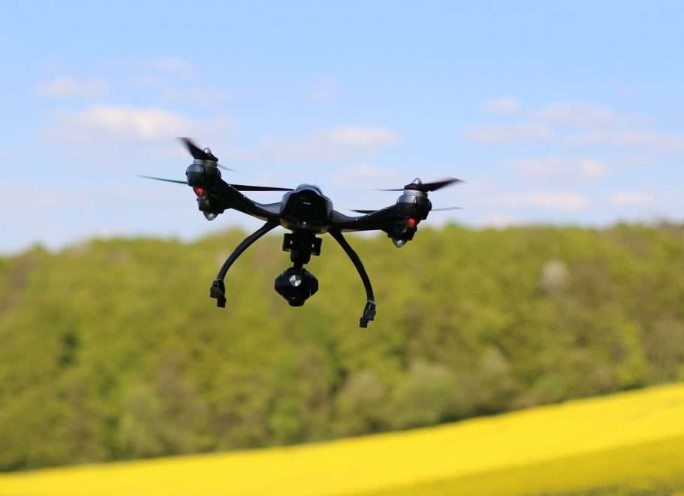
Why Are Drones Banned at the Grand Canyon?
The prohibition on drones in the Grand Canyon is rooted in several concerns:
- Wildlife Protection
The Grand Canyon is home to a diverse range of wildlife, including endangered species like the California condor. Drones can disturb these animals, causing stress and potentially affecting their natural behaviors. For example, birds might perceive drones as predators, leading to aggressive interactions or abandonment of nests.
- Visitor Experience
One of the primary goals of the National Park Service is to provide visitors with a serene and undisturbed experience. The noise and presence of drones can detract from the natural ambiance and interfere with the enjoyment of other visitors.
- Safety Hazards
The Grand Canyon’s rugged terrain and unpredictable weather make it a challenging environment for drone operation. Malfunctions or crashes could result in injuries to visitors, damage to natural resources, or even rescue missions, placing additional strain on park staff and emergency services.
- Cultural and Historical Significance
The Grand Canyon holds deep cultural and spiritual importance for Native American tribes. Unauthorized drone flights may inadvertently disrupt sacred sites or ceremonies, disrespecting the traditions and values of indigenous communities.
>>> Read: Difference between drone and UAV? Similarities Between Drone and UAV
Penalties for Flying a Drone at the Grand Canyon
If you’re caught flying a drone within Grand Canyon National Park, you could face significant consequences, including:
- Fines: Violators may be fined up to $5,000.
- Drone Confiscation: Park authorities have the right to seize your drone and its equipment.
- Criminal Charges: In severe cases, individuals could face up to six months in jail.
- Permanent Bans: Repeat offenders may be permanently banned from entering national parks.
These penalties underscore the seriousness of adhering to park regulations and respecting the environment.
Where Can You Fly a Drone Near the Grand Canyon?
While drone flights are strictly prohibited within the boundaries of Grand Canyon National Park, there are areas outside the park where drone enthusiasts can legally operate their devices. Some potential options include:
- Kaibab National Forest
Located adjacent to the Grand Canyon, the Kaibab National Forest offers stunning views and is a popular destination for outdoor enthusiasts. While drones are permitted here, operators should follow Federal Aviation Administration (FAA) guidelines and avoid flying over crowds or wildlife.
- Private Land
With permission from landowners, you may be able to fly drones on private property near the Grand Canyon. Always obtain explicit consent before launching your drone in such areas.
- Designated Flying Zones
Certain recreational areas outside national park boundaries may allow drone operation. Research local laws and check with the Bureau of Land Management (BLM) for specific guidelines.
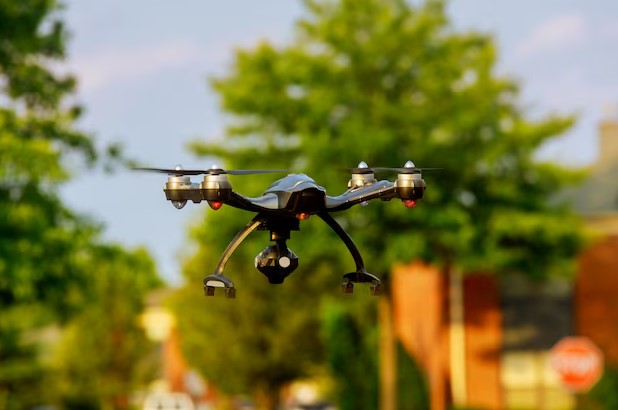
FAA Guidelines for Drone Use
Even in areas where drones are permitted, operators must comply with the FAA’s regulations for recreational and commercial drone flights. Key requirements include:
- Register Your Drone: All drones weighing more than 0.55 pounds must be registered with the FAA.
- Fly Below 400 Feet: Drones should not exceed an altitude of 400 feet above ground level.
- Maintain Visual Line of Sight: Always keep your drone within sight while flying.
- Avoid Restricted Airspace: Be mindful of temporary flight restrictions (TFRs), especially near airports or during emergency operations.
- Respect Privacy: Do not fly over private property or individuals without permission.
For commercial drone pilots, additional certifications, such as the FAA Part 107 Remote Pilot Certificate, are required.
Alternatives to Flying Drones at the Grand Canyon
If capturing aerial footage of the Grand Canyon is your goal, there are several alternatives that comply with park regulations:
- Helicopter Tours
Helicopter tours provide a legal and breathtaking way to experience the Grand Canyon from above. These tours are operated by licensed companies and offer unique perspectives of the canyon’s vast landscapes.
- Professional Aerial Footage
Many professional photographers and filmmakers have obtained special permits to capture aerial footage of the Grand Canyon. Consider purchasing or licensing high-quality footage for your project.
- Hiking and Photography
The Grand Canyon boasts numerous hiking trails and viewpoints where you can capture stunning photos without the need for a drone. Popular spots include Mather Point, Desert View, and the Bright Angel Trail.
- Virtual Tours
Advances in technology have made it possible to explore the Grand Canyon through virtual reality and 360-degree video tours. These options provide an immersive experience without violating park regulations.
>>> Read: Are Drones Legal in London? A Comprehensive Guide for 2025
How to Obtain a Special Permit
In rare cases, the National Park Service may issue special permits for drone flights at the Grand Canyon. These permits are typically reserved for scientific research, search and rescue operations, or commercial filming projects with significant cultural or educational value. The application process involves:
- Submitting a detailed proposal outlining the purpose of the drone flight.
- Demonstrating compliance with environmental and safety standards.
- Paying applicable fees.
Approval is not guaranteed and is granted at the discretion of park authorities.
Conclusion
Flying a drone at the Grand Canyon is prohibited to protect the park’s natural beauty, wildlife, and visitor experience. While this may be disappointing for drone enthusiasts, there are plenty of alternative ways to capture the majesty of this iconic destination. By respecting the rules and exploring nearby areas or professional services, you can still enjoy breathtaking views and preserve the Grand Canyon for future generations.
Always prioritize safety, respect for the environment, and compliance with regulations when planning your drone adventures.
